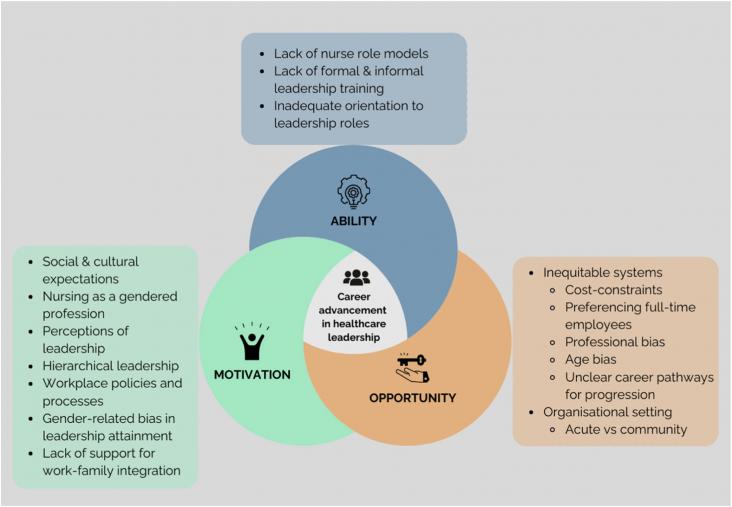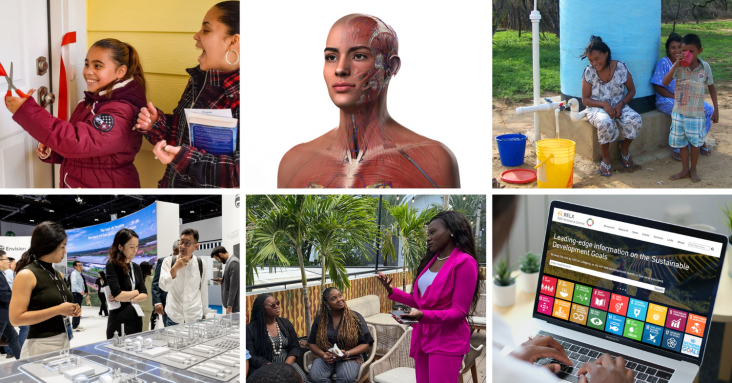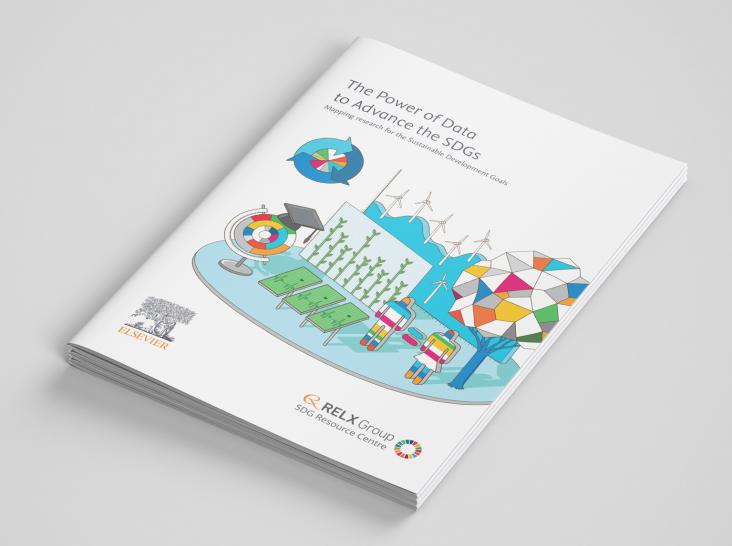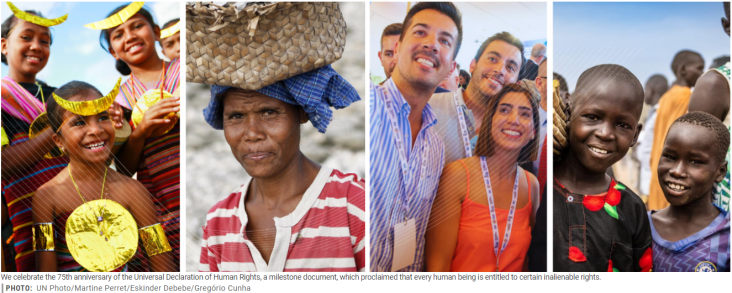
This Article supports SDG 5 by showing that women nurses aspiring to become healthcare leaders face multiple barriers, including cultural, professional, organisational, and individual barriers. The findings should help to inform workplace policies that can lessen these barriers.

In 2023 the HPCC Systems Community Impact scholarship was announced as a part of an effort to support the Diversity & Inclusion focus areas at LexisNexis Risk Solutions. The HPCC Systems Community Impact Scholarship was launched in partnership with Scholarship America to provide two renewable $5,000 scholarships to female high school graduates from traditionally underrepresented backgrounds who plan to pursue a STEM (Science, Technology, Engineering and Math) undergraduate degree at an eligible college.

As we pass the halfway point for the SDGs, many of the goals are worryingly off track and progress on 85% of the target indicators has stalled or even reversed. Through our information, products and people, RELX remains committed to advancing the Goals. Here are some of the ways that we continue to support their achievement.

Access to information is critical in achieving the SDGs - empowering the public to make decisions, informing policy making and enabling effective implementation and monitoring. RELX businesses regularly produce and publish free to download reports and analytics that draw upon vast amounts of information and data in support of the SDGs. Explore some of the reports and tools developed to date.
Women interact with cancer in complex ways, as healthy individuals participating in cancer prevention, as patients, as health professionals, researchers, policymakers, and as unpaid caregivers. In all these domains, women often are subject to overlapping forms of discrimination, such as due to age, race, ethnicity and socio-economic status, that render them structurally marginalized. Women, power and cancer: A Lancet Commission recommends that sex and gender be included in all cancer-related policies and guidelines, making these responsive to the needs and aspirations of women in all their diversities. It identifies ten priority actions stakeholder groups can take towards lasting and impactful change.

10 December 2023 marks the 75th anniversary of one of the world's most groundbreaking global pledges: the Universal Declaration of Human Rights (UDHR).
This article highlights the impact of climate change on health, especially in the context of menopause and aging populations.
This chapter advances Goals 3 and 5 by discussing how pediatric health-care providers and systems can create healing-centered spaces to support IPV survivors and their children.
This chapter advances Goals 3 and 5 by discussing health care providers' opportunity for ARA prevention using a universal education approach that provides information on healthy and unhealthy relationship behaviors and ARA resources.

Stella Chan's interest in psychology began when she went through a tough time as a teenager. The experience gave her a sense of direction: “I wanted to learn more about psychology and how feelings work...I hoped I could do something constructive about mental health.”
